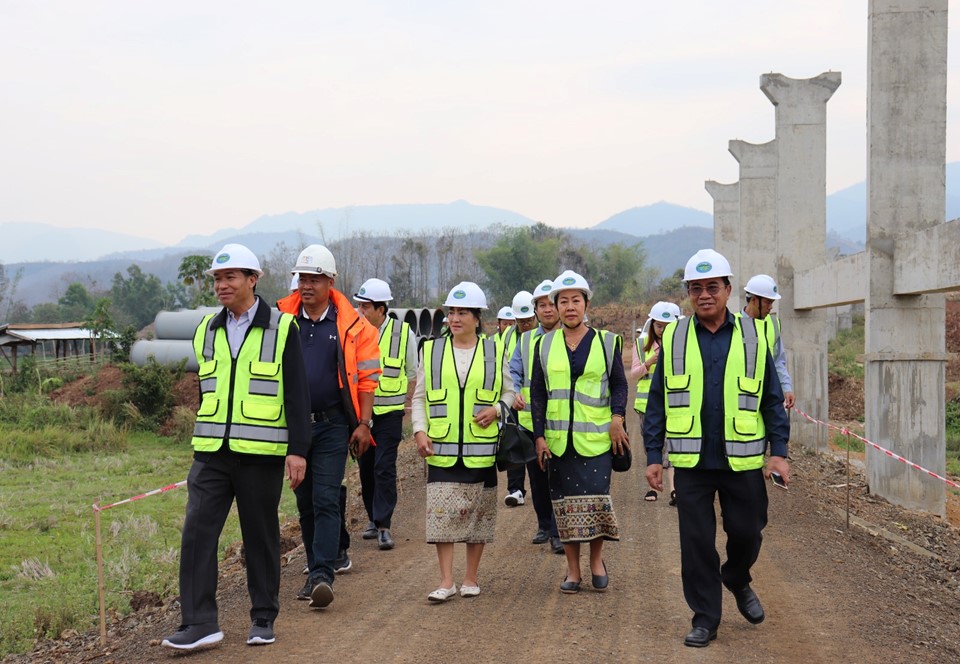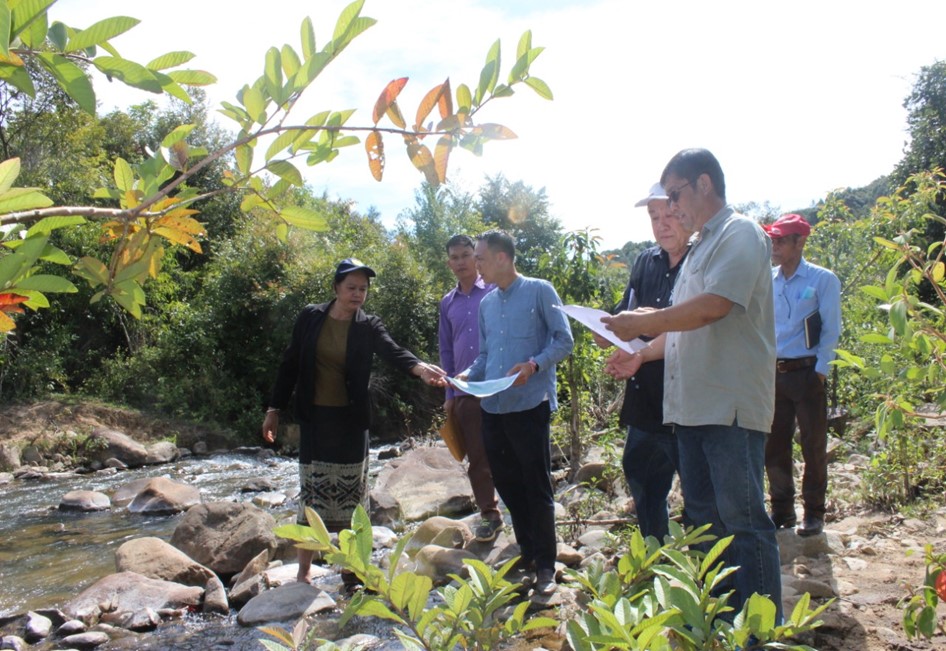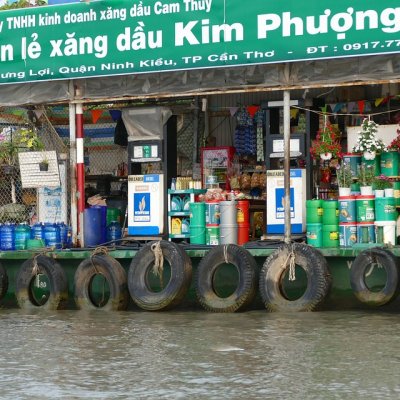Projects in Southeast Asia got a power start
The Project Readiness Improvement Trust Fund (PRIF) led by the Asian Development Bank (ADB) speeds up the preparatory phase of much-needed development projects in five countries in Southeast Asia. The results look promising. With support from PRIF, the projects seem to kick off much faster than before.
Starting a major development project takes time, and sometimes the gap between the plan and implementation can be hard to manage. With climate change demanding urgent action, any delay can be felt by the people and communities affected. This is why NDF allocated flexible financing to the Asian Development Bank (ADB) and helped inaugurate the Project Readiness Improvement Trust Fund (PRIF).
Alely Alejar-Bernando, Senior Financing Partnerships Specialist at the ADB, explains: “After a project is approved you still have so much work to do before you can get the shovels out. Detailed design, procurement, technical consultation – all this takes time. We might have an objective of completing a project in five years, but we found it was taking seven or even ten years. We wanted to shorten this development cycle as well as get climate considerations integrated at the earliest stage, so we partnered with NDF to make it happen.”
The partnership resulted in the multi-donor Project Readiness Improvement Trust Fund for countries in Southeast Asia. PRIF helped critical early-stage tasks get completed quickly and correctly so the ensuing projects could be implemented faster. NDF was one of the founding members and provided a EUR 7 million grant. These projects also attracted co-financing from other development partners; about EUR 2 billion of climate friendly investments are now in various stages of implementation.
Considering climate change at the drawing board
“Southeast Asia is vulnerable to climate change, so it is crucial to get climate change mitigation and adaptation integrated early into the design and preparation stage to strengthen the climate responsiveness of project designs,” says Helena Lehtonen, Program Officer at NDF.
Alejar-Bernardo uses a flood prevention project as an example. You might use historical records to determine how high dikes should be built, but this doesn’t take into consideration how climate change will make floods worse in the future. The PRIF was able to support more robust climate risk vulnerability assessments that can identify the best technical design options that are scalable, replicable and with reasonable cost estimates. Now countries are better enabled to meet their Nationally Determined Contributions (NDCs) to the Paris Agreement.
“We know climate change adaptation and mitigation is key to our future,” Lehtonen continues. “NDF offered grant and technical assistance to PRIF, such as help with capacity building, risk assessments and technical support in the design phase.”

ADB visiting the Namseng irrigation scheme, Nan district, Louangprabang province. Photo: ADB
From green education to green tourism
Since 2016, the PRIF has helped sixteen projects in five Southeast Asia countries, some of which are still in the pipeline. Examples include green building design and education at an Indonesian university, and irrigation and flood risk management programs in Viet Nam. In Lao PDR, a program is building sustainable rural infrastructure and better watershed management to support farmers and rural communities. In the Philippines, a project developed sustainable tourism with urban infrastructure and ecosystem management.
In Kep, Cambodia, PRIF helped one project build infrastructure for sustainable tourism with a coastal road, a pier and a modern waste management facility. Authorities expect this multi-sector development to benefit about 67,000 residents.
“The tourism sector works as a system. It’s inter-related to other sectors. They all support inclusive and sustainable tourism development. In addition, these projects protect the environment and help mitigate climate change impacts,” said H.E. Sok Sokun, Undersecretary of State for Cambodia’s Ministry of Tourism in an ADB video.

ADB visiting Nam Tong irrigation scheme in Pek district, Xiengkhouang province. Photo: ADB
Saving months and finances
Although PRIF has just recently closed, preliminary results are encouraging. For example, previously the Southeast region of ADB averaged 18.8 months from the time a project is approved to when the first procurement contract is signed. With PRIF the time to first approval ranged from 3 to 15 months.
Additionally, a shorter time to approval helps to keep costs down in a world of constantly rising prices. Development banks also improve their credibility with local and national governments by getting things done faster and more efficiently.
“We are very pleased with the results of PRIF,” Alejar-Bernardo says. “Our colleagues in the Central and West Asia department are looking at the possibility of doing a similar initiative using the PRIF as a good example.”

